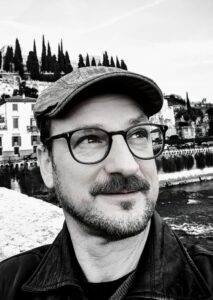Out of many possible ways of researching the past, I have dedicated my career to unraveling the enigmatic relationship between ancient societies and the landscapes they inhabited. In many of my previous projects I could employ and even develop methods for landscape archaeology, seeking to understand how these landscapes influenced human behavior and vice versa, how human activities transformed the environment.
From alpine basins to islands in the Nile, each landscape holds within it a trove of traces waiting to be unearthed. Through extensive surveys and meticulous excavations, I have traversed diverse terrains, piecing together the puzzle of human civilization’s footprint on the earth. For many years I had the opportunity to work as the on site director of a multidisciplinary research team of VIAS, investigating the multiperiod prehistoric hillfort of Schwarzenbach and it’s environment.
Beyond the field, I have been privileged to contribute to the advancement of landscape archaeological investigations through the development of prospection methods, mainly Aerial Photography and Airborne Laserscanning, in case studies in agricultural and forested landscapes along the Leitha valley. By distilling best practices and methodologies, our work contributed to the development of guidelines and a handbook, that empowers fellow researchers and heritage stewards to navigate the complexities of archaeological landscapes with precision and care.

Moreover, recognizing the transformative potential of archaeological heritage in the realm of tourism, I have collaborated on projects aimed at harnessing the educational and economic benefits of heritage tourism while safeguarding our cultural legacy. By striking a delicate balance between preservation and sustainable tourism development, we pave the way for a future where the past can be both celebrated and conserved.
As I reflect on my odyssey in landscape archaeology, I am struck by the profound implications of our findings for contemporary society. Through our exploration of ancient landscapes, we glean insights into pressing issues such as environmental sustainability, cultural identity, and community resilience, offering a beacon of wisdom for navigating the challenges of the present and charting a course toward a more enlightened future.
 Martin Fera
Martin Fera


